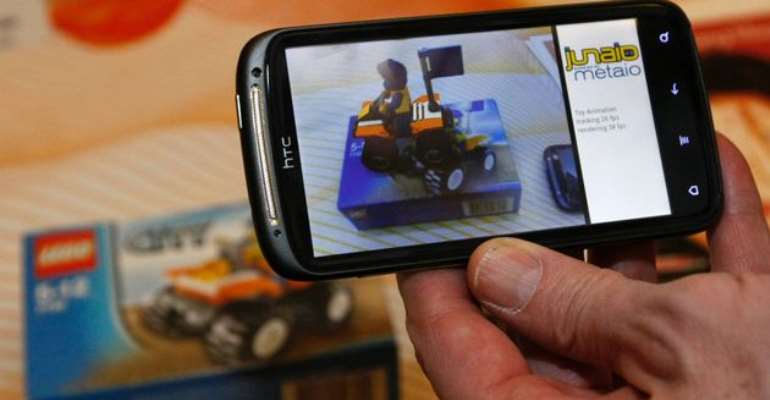Ericsson predicts smartphones conquering the world by 2020

As smartphone sales overtake feature phone sales for the first time in history, Ericsson is predicting that by 2019 there will be 5.6 billion active smartphones on the planet.
The latest edition of the Ericsson Mobility Report shows that for consumers worldwide, mobile is the future.
The smartphone has become so ingrained in modern life that it’s difficult to imagine what life was like without them. It’s also easy to forget that despite their apparent ubiquity, smartphones still represent a very new product category — the iPhone is only seven years old and Android six — and that globally, only 25-30 percent of mobile phone subscribers are smartphone users.
Douglas Gilstrap, Senior Vice President and Head of Strategy at Ericsson, says: “The rapid pace of smartphone uptake has been phenomenal and is set to continue. It took more than five years to reach the first billion smartphone subscriptions, but it will take less than two to hit the 2 billion mark. Between now and 2019, smartphone subscriptions will triple.
“Interestingly, this trend will be driven by uptake in China and other emerging markets as lower-priced smartphone models become available.”
By 2019, western Europe and the US are expected to be all but rid of feature phones, while the Middle East and Africa will be reaching the 50 percent smartphone/feature phone tipping point that America, the UK and Spain have hit over the past 12 months. Ericsson’s data suggests that as well as 5.6 billion smartphone subscribers, there will also be close to 1 billion mobile PCs and tablets online with a cellular subscription, up from 300 million today.
Changes in usage patterns
The report also highlights how quickly smartphone adoption has changed the way consumers use mobile devices. In 2009 at around 150 PetraBytes a month, the overwhelming majority of traffic on mobile networks was voice calling. Three years later voice calls still account for 150 PetraBytes of traffic a month, but have been knocked into a very, very distant second by data — be it streaming video, social media use or web browsing — which now averages 1,800 PetraBytes a month and is expected to grow by a further 45 percent every year to 10 times current amounts by 2019.
“That means, in 2019, over a period of just two weeks, five exabytes of information will be sent by the average smartphone user,” explains Johan Wibergh, Ericsson Executive Vice President and Head of Business Unit Networks.
And at the moment, video represents the lion’s share of this data — it is responsible for 25 percent of total smartphone traffic and 40 percent of total tablet traffic. It is also a trend that’s expected to continue as 4G/LTE superfast mobile internet becomes more widespread. At the moment, 80 percent of the world’s mobile subscriptions are for 2G networks but by 2019, 80 percent of all subscriptions are expected to be to 3G or 4G/LTE networks
